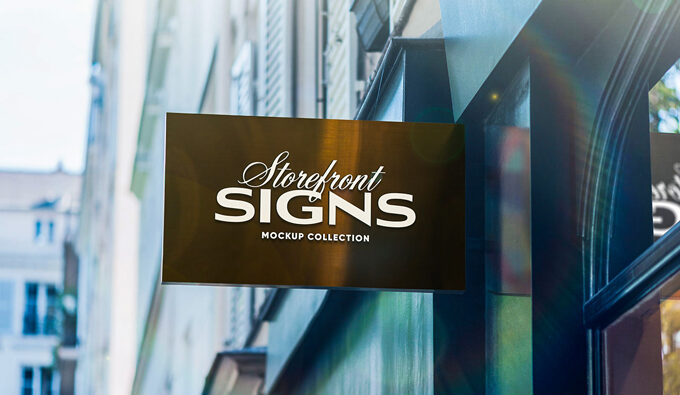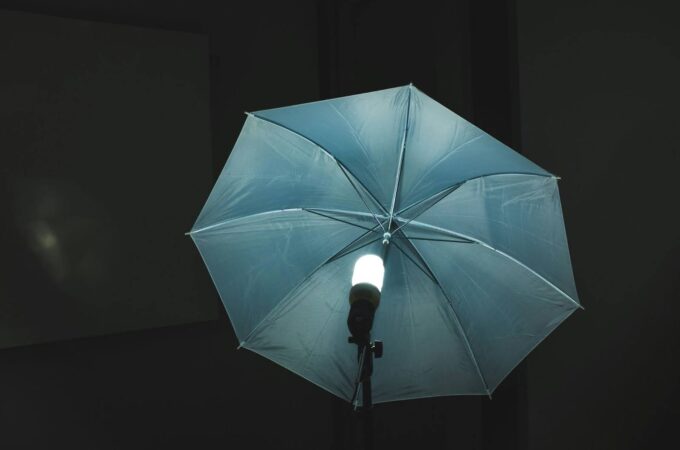
How to Choose a UV DTF Printer That Suits Your Needs?
Choosing the right UV DTF printer can be a challenge, especially with so many options on the market. Whether you are starting a printing business or upgrading your equipment, the right choice can make a big difference in quality, efficiency, and cost-effectiveness. This guide will walk you through the key factors to consider when selecting a UV DTF printer for your needs.
What is a UV DTF Printer?
A UV DTF (Direct to Film) printer is a printing machine that uses UV-cured inks to print designs on a special film. The printed design is then transferred to various surfaces like glass, metal, acrylic, plastic, and leather using an adhesive process. Unlike traditional printing methods, UV DTF does not require pre-treatment and produces high-quality, durable prints.
1. Define Your Printing Needs
Before buying a UV DTF printer, ask yourself these questions:
- What materials will you print on? UV DTF printers can handle different surfaces, but some models are better for specific materials.
- What is your production volume? If you need to print in bulk, you’ll need a high-speed and high-resolution printer.
- What is your budget? Prices for UV DTF printers vary, so set a realistic budget before making a decision.
- What print quality do you need? Higher DPI (dots per inch) means better image quality but may slow down production.
Clearly defining these factors will help narrow down your options.
2. Check the Print Size and Resolution
UV DTF printers come in different print sizes, usually ranging from A3 to large industrial formats. Here’s a quick comparison:
| Print Size | Suitable For | Example Uses |
|---|---|---|
| A3 (11.7″ x 16.5″) | Small businesses, startups | Custom phone cases, small labels, accessories |
| A2 (16.5″ x 23.4″) | Medium-sized operations | Personalized gifts, promotional items |
| Large Format | High-volume production | Signage, industrial branding, home decor |
For resolution, look for at least 1440 DPI for sharp details. Lower resolutions might work for bulk printing but won’t give high-definition images.
3. Consider Ink System and Color Accuracy
The ink system is crucial for color accuracy and durability. Most UV DTF printers use CMYK + White ink, but some models include Varnish or Special Effects Inks for a glossy finish.
Here’s what to look for:
- CMYK + White Ink: Ensures strong color contrast on transparent and dark surfaces.
- Varnish Option: Adds a glossy or matte effect to enhance prints.
- Eco-Friendly UV Inks: Reduces environmental impact and meets safety standards.
Choosing a printer with a stable ink system will help prevent clogging issues and reduce maintenance costs.

4. Speed and Productivity
Speed matters, especially if you’re running a business. Check the printing speed (measured in square meters per hour) before buying a UV DTF printer.
- Entry-level printers: 2-5 sqm/h
- Mid-range printers: 6-10 sqm/h
- Industrial printers: 10+ sqm/h
For on-demand printing (small orders, custom designs), a slower printer with high quality is acceptable. For mass production, invest in a high-speed machine to keep up with demand.
5. Software Compatibility and Ease of Use
Most UV DTF printers come with RIP software, which controls color settings and printing output. Make sure the printer you choose supports popular RIP software like Maintop, Photoprint, or Onyx for easier integration.
Other factors to check:
- User-friendly interface: Reduces training time for new operators.
- Automatic maintenance features: Prevents ink clogging and extends printer lifespan.
- Connectivity options: USB, Ethernet, or Wi-Fi support for flexibility.
A well-designed software and control panel will save you time and reduce errors in the printing process.
6. Durability and Maintenance Requirements
UV DTF printers need regular maintenance to keep them running smoothly. Before buying, check:
- Printhead lifespan: Printheads like EPSON i3200 or Ricoh Gen5 last longer and provide better consistency.
- Cleaning system: Automatic head cleaning helps prevent ink drying and clogging.
- Warranty and support: Look for brands offering at least one-year warranties and customer support.
Neglecting maintenance can lead to print defects, ink wastage, and expensive repairs.
7. Cost Considerations
The total cost of ownership includes more than just the printer’s price. Consider:
- Initial investment: Small UV DTF printers start at $2,000-$5,000, while industrial models go up to $20,000+.
- Ink costs: High-quality UV inks cost more but ensure better results.
- Film and adhesive costs: Make sure your supplier offers affordable consumables.
- Spare parts availability: Some brands charge high prices for replacement parts.
A cost-effective option with good long-term performance is better than choosing the cheapest machine.
8. Recommended UV DTF Printer
If you’re looking for a reliable and efficient UV DTF printer, check out the LINKO UV DTF printer. It offers:
✅ High-speed printing with CMYK+W+Varnish for premium quality.
✅ Durable EPSON i3200 printheads for long-term performance.
✅ User-friendly operation with automatic maintenance features.
✅ Excellent color accuracy for professional results.
For more details, visit LINKO’s official website to explore their full range of UV DTF printers.
Conclusion
Choosing the right UV DTF printer depends on your business needs, budget, and printing quality requirements. Before purchasing, consider print size, resolution, ink system, speed, software compatibility, and maintenance costs. Investing in a high-quality printer will ensure long-term efficiency, better output, and higher profits.
By following this guide, you can make an informed decision and select a UV DTF printer that fits your needs perfectly.




